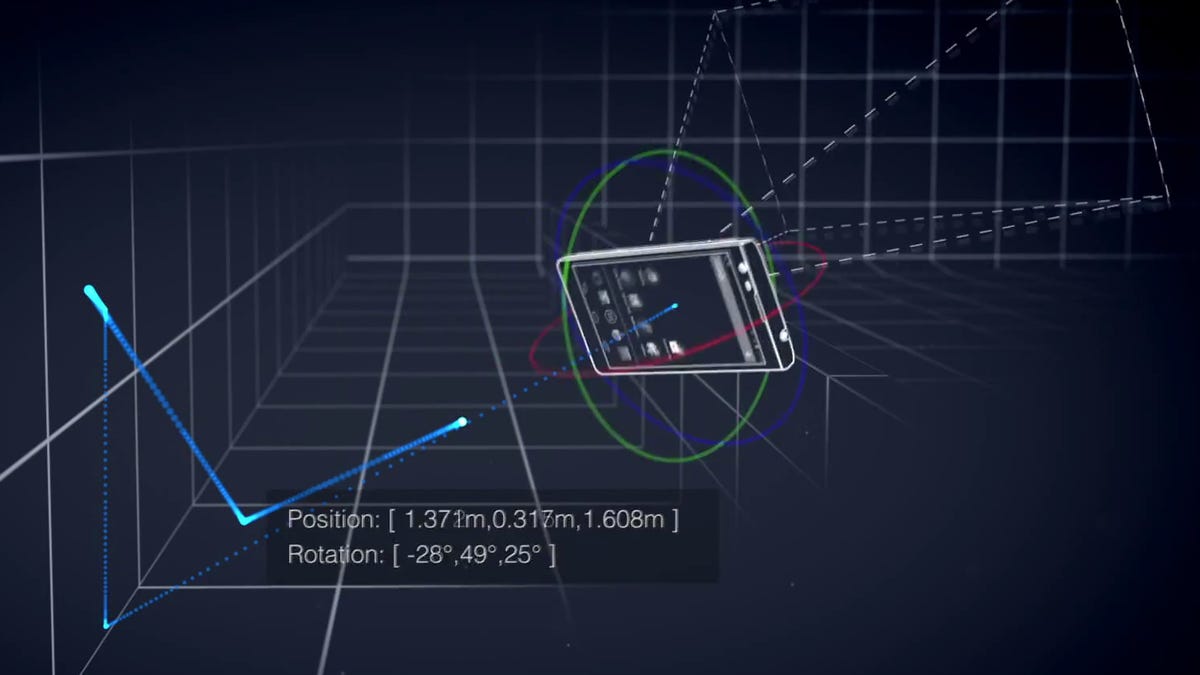Google's Project Tango whips up new mapping tech
Take the latest in computer vision, power it with custom-built hardware and chipsets, and put Google behind the wheel. Welcome to Project Tango, an attempt to revolutionize mobile mapping.

When Google sold off Motorola Mobility, it kept the company's Advanced Technology and Projects (ATAP) group and moved it under the Android umbrella. Now we know at least part of the reason why: Project Tango.
Project Tango is an ambitious attempt by ATAP, a skunkworks division with Defense Advanced Research Projects Agency (DARPA) roots that's been peeled away from Motorola Mobility, to give smartphones the ability to do realistic 3D mapping and create virtual experiences as the phone's owner moves through the real world. Not surprisingly, there's more to it than that.
The key move to Tango is that it's a collaborative project that pulls together the expertise of more than a few companies working on cutting-edge technology. This includes a low-powered, vision-processing chip called the Myriad 1 with custom-designed architecture by Movidius, reports TechCrunch. The Myriad 1 can power the complex algorithms needed for computer vision without draining the smartphone's battery, something that current smartphone chips can't do.
The company is putting Tango in the hands of developers in the coming months, starting with 200 devices distributed by the middle of March. Developers can submit their proposals to the ATAP group at the Project Tango Web site.
The phone's sensors make more than 250 million 3D measurements every second and use that data to build a 3D model of the phone's surroundings. It includes custom APIs that give developers access to the phone's position, orientation, and depth. Android applications can be written in Java, C++, and in the Unity Game Engine. Google cautions that as a prototype, Project Tango is not a "final shipping product."

